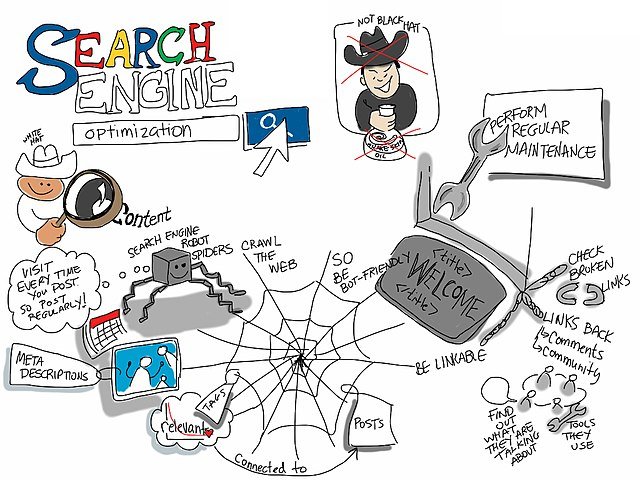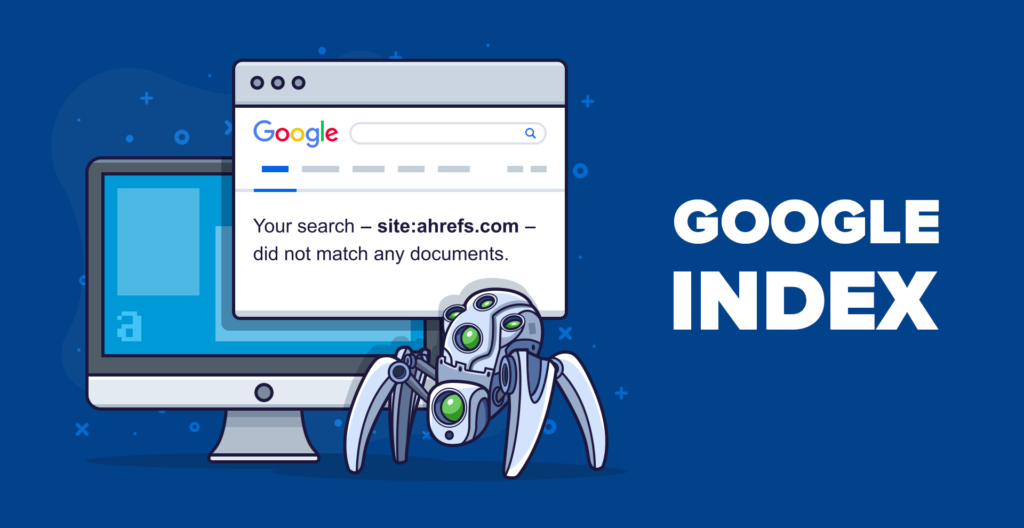
SEO stands for Search Engine Optimization. It is a process of optimizing a website or online content to improve its visibility and ranking on search engines like Google, Bing, and Yahoo. The goal of SEO is to make it easier for people to find your website or content when they search for relevant keywords or phrases.
SEO involves a range of techniques and strategies that aim to improve the quality and relevance of your website or content. This includes things like keyword research, on-page optimization, link building, and content marketing. By implementing these strategies, you can help search engines understand the content of your website and identify it as a valuable resource for people searching for information on a particular topic.
The ultimate goal of SEO is to drive more organic traffic to your website and increase its visibility and authority. This can lead to higher engagement, more leads, and increased revenue for businesses.

How do search engines work?
Search engines are software programs that allow people to search for information on the internet. When a user types a query into a search engine, the search engine quickly searches its database of web pages and returns a list of results that match the user’s search terms.
The process by which search engines identify and rank web pages is complex and involves several steps. Here is a general overview of how search engines work:
Crawling
Search engines use special software programs called “spiders” or “bots” to crawl the web and index web pages. These programs follow links from one page to another, collecting information about each page they visit.

Indexing
Once a web page is crawled, the search engine stores information about the page in its index. This information includes the page’s content, title, URL, and other metadata.

Ranking
When a user types a query into a search engine, the search engine uses a complex algorithm to evaluate the relevance and authority of each web page in its index. Pages are ranked based on a variety of factors, including keyword usage, quality and relevance of content, website structure and architecture, backlinks, user engagement, and many other factors.

Displaying results
Finally, the search engine displays a list of results to the user, ranked in order of relevance and authority. The user can then click on the result they want and be taken to the corresponding web page.

How SEO works?
SEO works by optimizing a website or content to make it more visible and relevant to search engines. The goal of SEO is to increase organic traffic to a website by improving its ranking in search engine results pages (SERPs).
Here are some of the main strategies used in SEO:
Keyword research
Identify keywords and phrases that people use when searching for your products or services. This helps you to understand what people are looking for and what terms to target in your content.

On-page optimization
Optimize the content and structure of your web pages to make it easier for search engines to understand their content. This includes optimizing titles, meta descriptions, header tags, and content.

Technical SEO
Optimize the technical aspects of your website, such as site speed, mobile-friendliness, and site architecture. This helps search engines crawl and index your site more easily.

Link building
Get other websites to link to your site. This is important because search engines see links as a signal that your site is authoritative and relevant.
Content marketing
Create high-quality, informative content that people want to share and link to. This can help increase your website’s visibility and authority.
Analytics
Use analytics tools to measure the success of your SEO efforts and make data-driven decisions about how to improve.
Overall, SEO is a complex and ongoing process that requires ongoing effort and attention to detail. By implementing these strategies, you can help increase your website’s visibility and drive more organic traffic to your site.
How to optimize for Google
Optimizing for Google involves a range of techniques and strategies that aim to improve the visibility and ranking of your website in Google search results. Here are some of the key things you can do to optimize for Google:
Conduct keyword research: Identify the keywords and phrases that people use when searching for your products or services. Use tools like Google Keyword Planner to find popular and relevant keywords.
Optimize your website structure: Ensure that your website is easy to navigate and has a clear and logical structure. Use header tags to structure your content and ensure that your website is mobile-friendly.
Write high-quality content: Create high-quality, informative content that is relevant to your target audience. Use your keywords naturally in your content and aim to provide value to your readers.
Optimize your page titles and Meta descriptions: Write clear and concise page titles and meta descriptions that accurately describe the content on your page and include your target keywords.
Use internal linking: Link to other pages on your website to help users navigate and understand your content. Use descriptive anchor text for your links.
Get backlinks: Obtain high-quality backlinks from other authoritative websites in your industry. This can help improve your website’s authority and ranking in Google search results.
Use Google Analytics: Use Google Analytics to track your website traffic and analyze the effectiveness of your SEO efforts. This can help you make data-driven decisions about how to improve your website’s performance.
Contact Us
We can consult you about your queries. Contact our customer service at admin@mobigu.com for a free consultation and keep in mind that you can ask us anything. Give us a call at +1 (832) 673 83 57
Recommended Posts
In the world of web development, two terms that are often used interchangeably are UI/UX
What is Graphics Designing? Graphics designing is a creative field that involves the use of
Writing code for computers and applications using programming languages is has relation to as programming
Frontend and backend are two crucial components of modern web development. Frontend refers to the
When it comes to web development, there are two key terms that often come up:
It is unfortunate that a significant proportion of businesses, around 44-51%, do not possess their
Website have become an essential part of a Business to secure sales and grow its








